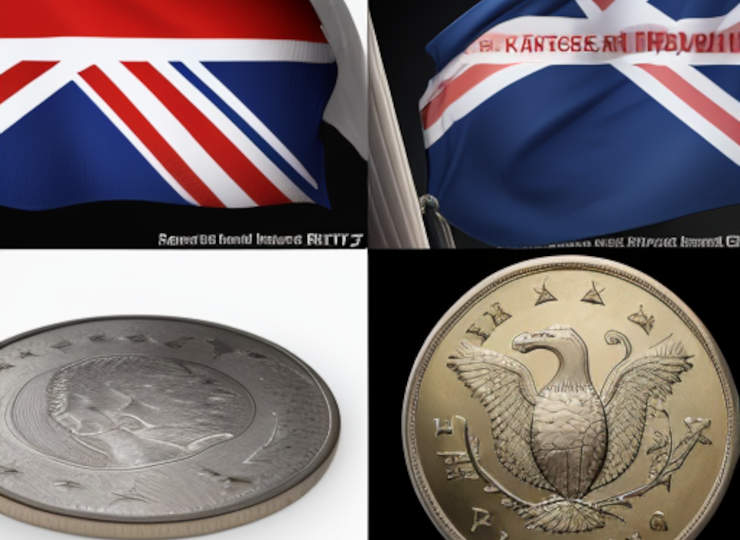文字のサイズ
- 小
- 中
- 大
RBNZ hawkish, UK CPI above expectations, European PMI mixed, USD/JPY close to post-intervention highs
At the RBNZ, no policy change was as expected, but the statement was hawkish, including “seriously considering a rate hike”.

This caused the NZD/JPY to momentarily soar to the ¥96 level. Since then, the market has entered an adjustment phase, but the RBNZ believes that the rate hike will be slower than the market expects, and the NZD is expected to remain firm in the near term.
UK CPI figures beat expectations. The market is long the euro and short the pound, so stop-losses are pushing the euro into the 1.08s.
Strong results from NVIDIA have sent risk-on momentum directly into the Japanese markets, with the FOMC meeting summary being more hawkish than some market participants feared, resulting in the dollar performing well and the dollar rising to the ¥157 level.
Looking back at the market in May, US interest rates fell and the dollar weakened due to a series of weak US economic indicators and Chairman Powell’s denial that he would raise interest rates and eventually cut rates. However, the services PMI came in at 54.8, well above expectations (51.1), dispelling fears about the US economy. Durable goods orders were also strong, blowing away fears of a recession. The two-year interest rate in the US is again hovering around 5%.
The main theme of the G7 finance ministers’ meeting was the decision to use Russian frozen assets to support Ukraine, but the Japanese Ministry of Finance wanted to confirm the G7 agreement that sharp exchange rate fluctuations were undesirable. There may be a small impact at the start of the week, but the message alone will have little impact.
The dollar was close to a post-intervention return high of 157 yen. Euroyen was also close to psychological resistance at 170 yen, with the yen buying back slightly on profit-taking. In Japan, long-term interest rates are now above 1.00%, but the impact on the foreign exchange market will still be limited. If long-term interest rates in the US are in the 3% range and Japan’s are above 2%, the exchange rate will also go to a stronger yen, but it will take a lot of time to get to that level.
US Treasury Secretary Janet Yellen made her fourth statement on Japan’s foreign exchange intervention. As long as Japan’s foreign exchange intervention has been checked to this extent, it appears very difficult for Japan to intervene against the wishes of the US. Today is a good time for position adjustment as the US markets are closed, but US interest rates are rising and the dollar is likely to continue to buy the yen.
The Japanese economy is not doing well at all, as the GDP statistics have shown. If interest rates are raised, the economy is likely to fall into recession, but if interest rates are not raised, the yen will continue to weaken. Many players seem to think they are running out of ways to stop the yen from weakening. They will continue to be wary of a weak yen.






